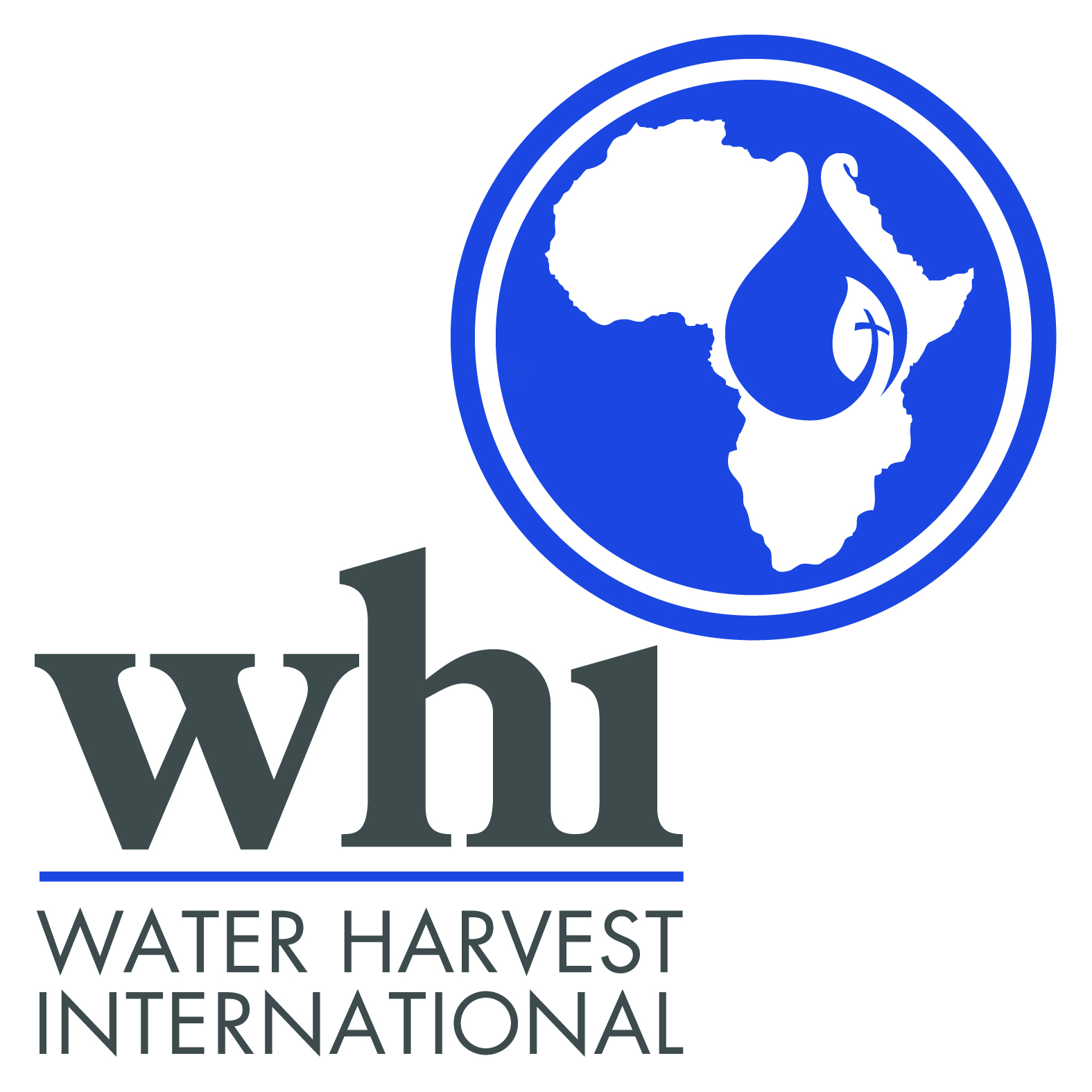The heart of Africa pulsates with untold potential, where untapped water resources lurk beneath the surface of dusty savannahs and verdant rainforests. Northern Uganda is one such region that presents a unique opportunity. Despite the abundance of water bodies such as Lake Kyoga and the mighty Nile, the region still needs better water management and revitalization. In this article, we take a deep dive into the untapped potential of Northern Uganda’s water resources, exploring the obstacles it faces and promising solutions that pave the way for a greener, more hydrated future.
A Land Lush Yet Parched
The paradox of Northern Uganda lies in its rich water resources that remain mostly untapped and unutilized. This region, known for its breathtaking landscapes, is also home to some of Africa’s poorest communities. Water scarcity here is a persistent issue, despite the presence of the Nile River and Lake Kyoga.
Lack of infrastructure, inadequate funding, and ongoing conflict have played their roles in making water an elusive necessity in this region. The average resident in Northern Uganda travels more than 30 minutes to access clean water, with many communities still reliant on unprotected wells and springs that expose them to waterborne diseases.
The agricultural sector, which employs 70% of the population, struggles under the burden of inconsistent rainfall and a lack of modern irrigation systems. While the Nile River has the potential to irrigate vast tracts of land, the absence of the requisite infrastructure often leaves this potential unfulfilled. Not only does this stymie the region’s economic growth, but it also contributes to food insecurity, forcing many farmers to remain at the mercy of erratic weather patterns.

Innovating Towards Water Security
Change, however, is flowing in Northern Uganda’s direction. Recent efforts have turned toward revitalizing the region’s water resources, and innovative solutions are coming to the fore. These aim to enhance accessibility, improve sanitation, and promote sustainable agriculture – making water security a tangible reality for the region.
One such innovation is the introduction of solar-powered water pumps. These are being installed in communities across Northern Uganda, providing a sustainable and reliable source of clean water. These pumps have the added benefit of being eco-friendly, reducing the region’s carbon footprint while simultaneously addressing the water scarcity issue.
Another exciting initiative is the development of community-based water management systems. By encouraging communities to actively participate in managing their local water resources, these systems promote a sense of ownership and responsibility. This helps to ensure long-term sustainability and improved water conservation practices.

In agriculture, advances in technology are leading the way. Drip irrigation systems, for instance, are being introduced, which offer an efficient solution to the unpredictable rain patterns. By supplying water directly to the root of the plant, these systems allow farmers to maximize their yield while minimizing water use.
Conclusion
In a world that often fixates on problems, it is refreshing to observe Northern Uganda’s shift towards innovative solutions. The revitalization of its water resources is a testament to human resilience and creativity, demonstrating that even the most significant challenges can be addressed with the right mindset.
The untapped potential of Northern Uganda’s water resources is beginning to ripple into reality, showing that a hydrated future is not a distant dream but a plausible goal. As these water management strategies continue to unfold, they pave the way for sustainable development in one of Africa’s most overlooked regions, creating a ripple effect that promises to spread far beyond its borders.


